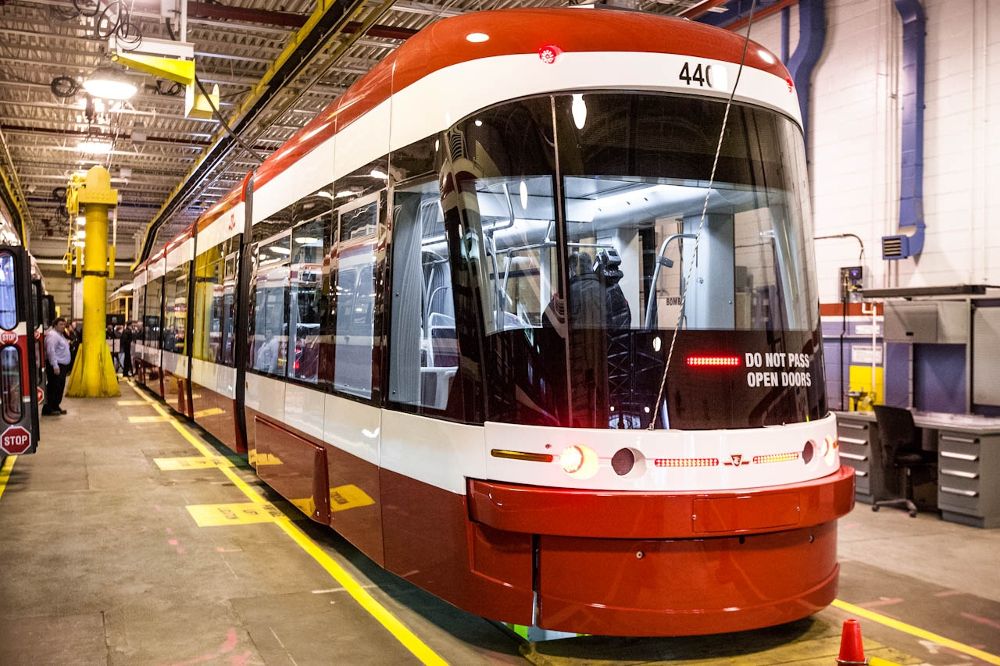What is available and how does it work?
As a new immigrant, it is important for you to get to places – be it to Service Canada, to get your health card or for a job interview, especially during wintertime. Consistently opting for taxis might drain your pocket faster than you’d like and you might not have access to a car right away. Thankfully, Canada has a fairly well-developed public transit in many cities that can help you stay mobile without breaking the bank.
Here, we’ll give you a quick rundown of all the information you’ll need to find, pay for, and use public transit when you get to the city of your choice.
The first step would be to find out what transit system runs in your city and what modes of travel are available (buses, trains, street cars, ferry). Different regions and cities within each province have specific transit systems that offer routes in those regions and specific cities (TTC, C-Train, TransLink, etc.). There are also transit systems that operate from city to city and region to region (MaritimeBus, BC Transit, GOTrain, Riders Express, etc.).

Passes
You can use either cash or a Smart Card to pay for your commute. Depending on where you are, you can load the Smart Card on the appropriate website, via mobile app, a self-serve machine at the station or bus stop, or in person at a transit office.
If you commute regularly, it might be worth your while to invest in per-use or monthly passes. Some transit systems allow you to use the same ticket across different modes of transport – if you buy a bus ticket, it might also be valid for travel on trains/street cars.
There are assistance programs for different populations to help subsidize the cost of transit. If you’re a student, a senior, or have accessibility issues, you can get free or low-cost passes for regular commutes. Children under a certain age travel free. Apart from this, a lot of cities also offer low-income subsidies. Public transit systems across the country also offered free travel during the pandemic.
Log on to your regional transit website for specific and current information on policies and subsidies.
Boarding
Bus
- Step 1: Have your smart card (with the fare loaded) or the fare in exact cash (usually coins).
- Step 2: Always board at the front door. It is customary to form a courtesy line when there are more than 2 people waiting to board. Also, people with accessibility issues always get priority boarding.
- Step 3: Tap your smart card on the display unit that is placed to your right (near the bus driver) or drop your change into the farebox right on top of the display unit. The bus operator will hand you a ticket (for cash fares).
- Step 4: You can find yourself a seat. Usually, the ones right behind the operator and the ones opposite are courtesy seats. Please follow the signage.
- Step 5: While deboarding at your destination, you might have to push the back doors lightly at the labelled strip for them to open.
Train
- Step 1: Purchase the appropriate ticket at the customer service counter (you can use a self-serve machine, where available) or load your smart card.
- Step 2: Ascertain the platform your train will arrive at and wave or swipe at the turnstile to gain access to the station and board the train.
There are displays inside buses and trains announcing the current and upcoming stop or station – these can help you figure out when to deboard and you may have to press a button to notify the driver that you want to deboard at the nearest stop.
Good-to-Know Information:
- It is considered courtesy to say a quick thank you to the operator when you dismount.
- One transit ticket is valid for two hours or three hours in some cities, regardless of the number of transfers – you can use the same ticket to make multiple journeys during that period. Check the ticket for the validity period.
- All transit ticket machines will take only exact charge, so if you intend to pay cash, please check the website to ensure you have the right denomination. They also do not accept debit or credit cards.
- Always carry proof of your payment for the journey, all passengers are subject to random checks.
- Try not to stand at the entry or exit points as this will inconvenience both you and other passengers at every stop.
- Follow public etiquette pertaining to hygiene, noise, and personal space when you’re taking public transit.
- Pets are usually not allowed on board. If your pet is a support animal, you might have to carry proof.
- If you have a baby stroller or are in a wheelchair, the operator can offer a ramp to assist your boarding and help you get strapped in for the journey.
- You can mount bikes in front of buses with the help of the operators.

